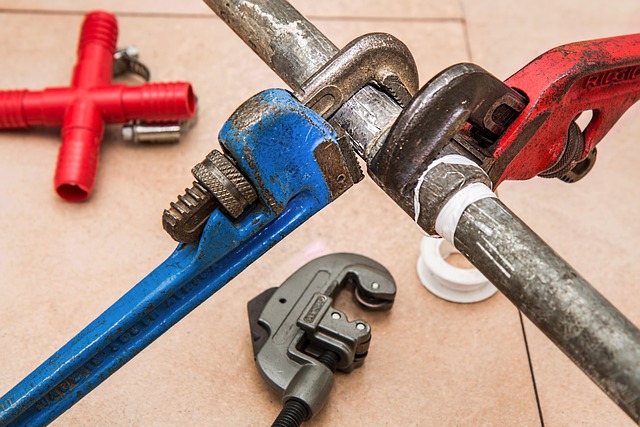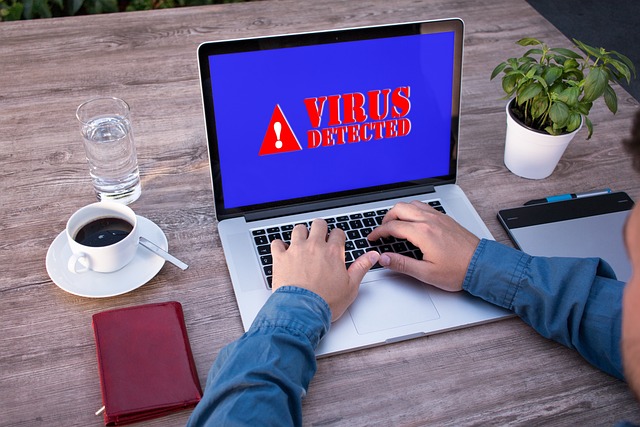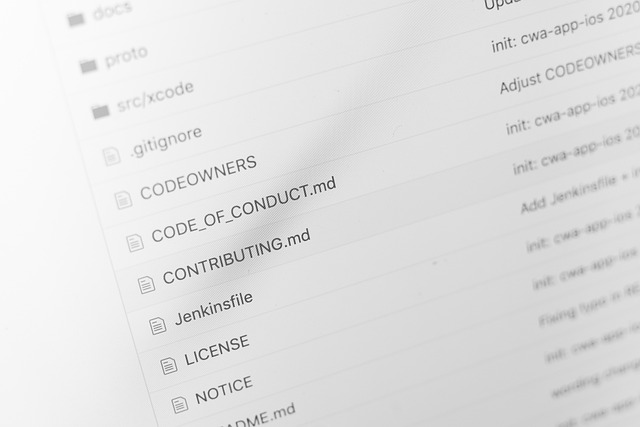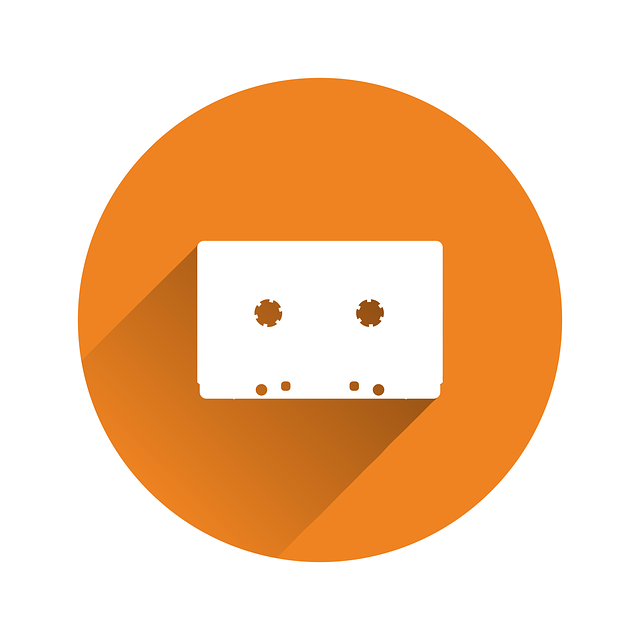Plumbing leaks result from various causes, requiring tailored repair methods. Efficient leak detection involves identifying specific leak types, such as pressure or pinhole leaks, through regular maintenance. Traditional manual inspections are time-consuming and inexact, especially in complex systems. Advanced technologies like thermal imaging, moisture sensors, and IoT devices offer faster, more accurate leak detection, minimizing water damage and costs. Real-time monitoring systems and smart home technology further enhance leak management, providing instant alerts and predictive analytics for proactive response. Case studies demonstrate the effectiveness of modern leak detection strategies in diverse settings, leading to reduced water wastage, repair costs, and environmental impact.
“Leak detection is a critical aspect of maintaining efficient and cost-effective plumbing systems. This comprehensive guide explores various aspects of identifying and managing leaks, from understanding common causes and traditional methods to embracing advanced technology and non-invasive techniques. We delve into real-time monitoring systems and the integration of smart home technology for proactive leak management. Through real-world case studies, this article offers valuable insights into successful leak detection strategies.”
Understanding Plumbing Leaks: Common Causes and Types

Plumbing leaks can originate from a variety of sources, each requiring specific attention for effective leak detection and repair. Common causes include worn-out gaskets, corroded pipes, faulty fittings, and damaged valves. These issues can lead to different types of leaks, such as water pressure leaks, pinhole leaks in pipes, or larger, more visible ruptures.
Identifying the type of leak is crucial for efficient repair. Water pressure leaks often manifest as a constant, low drip, while pinhole leaks may go unnoticed until visible water damage appears. Regular maintenance and prompt leak detection are key to preventing extensive water damage and costly repairs, emphasizing the importance of understanding common causes and types of plumbing leaks.
Traditional Leak Detection Methods: An Overview

Traditional leak detection methods have long relied on manual inspection and a keen eye for spotting subtle signs of water damage. This often involved tracing visible moisture on walls, ceilings, or floors, and following pipes to identify potential points of leakage. While effective for small, contained leaks, this process could be time-consuming and failed to pinpoint the exact source in complex plumbing systems.
In older buildings with intricate piping layouts, leak detection was an art, often requiring professionals to use specialized equipment like moisture meters and thermal imaging cameras. These tools helped in identifying hidden water leaks by measuring moisture levels or detecting temperature variations indicative of water seepage. Nevertheless, these methods still left room for human error, especially in large-scale commercial or industrial plumbing systems where numerous pipes and fixtures made targeted detection challenging.
The Rise of Advanced Technology in Leak Identification

In recent years, the field of leak detection has seen a significant transformation due to advanced technology. Traditional methods, once reliant on manual inspections and time-consuming processes, have given way to innovative solutions that offer faster, more accurate results. Technologies such as thermal imaging cameras, moisture sensors, and non-invasive radar systems are now instrumental in identifying even the smallest leaks within plumbing systems. These tools can detect subtle temperature variations or moisture levels, enabling professionals to pinpoint problem areas with remarkable precision.
The integration of smart technology has further elevated leak detection capabilities. Internet of Things (IoT) devices, for instance, can continuously monitor plumbing systems, transmitting real-time data to central systems that analyze and interpret patterns. This proactive approach allows for the early detection of potential leaks, minimizing water waste and preventing costly damages. As technology continues to advance, the future of leak detection promises even greater efficiency and effectiveness in maintaining robust plumbing systems.
Non-Invasive Techniques for Efficient Leak Locating

Non-invasive techniques have revolutionized leak detection, offering efficient and accurate solutions for identifying plumbing system leaks without causing any damage or disruption. These methods employ advanced technologies to pinpoint water leaks with remarkable precision, making them ideal for both residential and commercial settings. One prominent non-invasive technique involves infrared thermal imaging cameras that detect temperature variations, allowing technicians to visualize hidden leaks by identifying warm spots caused by flowing water.
Another innovative approach is the use of acoustic detection, where specialized sensors listen for the unique sounds produced by leaking pipes. This method, known as leak sound detection, can locate leaks even in hard-to-reach areas. Additionally, radio frequency (RF) and ultrasonic technologies are employed to transmit signals through pipes, enabling technicians to measure any pressure changes that indicate a leak’s presence. These non-invasive techniques not only save time but also minimize the need for invasive methods, ensuring efficient leak locating with minimal disturbance to property owners.
Real-Time Monitoring Systems: Preventing Water Wasted

Real-time monitoring systems have revolutionized leak detection in plumbing, offering an efficient way to prevent water wastage. These cutting-edge technologies employ advanced sensors and data analytics to continuously track water flow within pipes, identifying even the smallest anomalies that could indicate a potential leak. By providing immediate alerts, these systems allow for swift action, minimizing damage and reducing water loss.
For homes and businesses alike, real-time monitoring can significantly lower water bills and environmental impact. It offers peace of mind by ensuring that any plumbing issue is detected and addressed promptly, preventing the costly repairs and disruptions often caused by undetected leaks.
Integrating Smart Home Technology for Comprehensive Leak Management

Integrating smart home technology into plumbing systems offers a comprehensive leak management solution. Smart sensors and IoT devices can monitor water pressure, flow rates, and temperature in real-time, allowing for early detection of potential leaks. These advanced systems can alert homeowners or maintenance personnel instantly via mobile apps or automated messages, enabling swift action before minor issues escalate into major damage.
By leveraging machine learning algorithms and predictive analytics, smart home technology can anticipate abnormal patterns and identify unusual water usage, further enhancing leak detection capabilities. This proactive approach not only saves valuable time but also minimizes water waste and potential financial losses associated with plumbing disasters.
Case Studies: Successful Leak Detection Strategies in Action

Leak detection strategies have proven invaluable for managing plumbing systems efficiently. Case studies from various settings highlight their effectiveness. For instance, a large commercial complex in a bustling metropolis faced recurring leak issues despite regular maintenance. Implementing a modern leak detection system equipped with advanced sensors and real-time monitoring significantly reduced water wastage and repair costs. This strategy involved installing the sensors at strategic points within the plumbing network to identify even the subtlest anomalies, allowing for immediate intervention.
Another successful case involves an old residential neighborhood where historical buildings presented unique plumbing challenges. Here, a community-led initiative employed a combination of visual inspection, acoustic detection, and smart technology. Property owners and maintenance teams conducted regular visual checks while utilizing acoustic sensors to pinpoint water flow fluctuations indicative of leaks. Additionally, they deployed smart meters that provided data on water consumption patterns, enabling them to detect unusual spikes promptly. This collaborative approach not only saved residents money but also conserved a city’s precious water resources.
